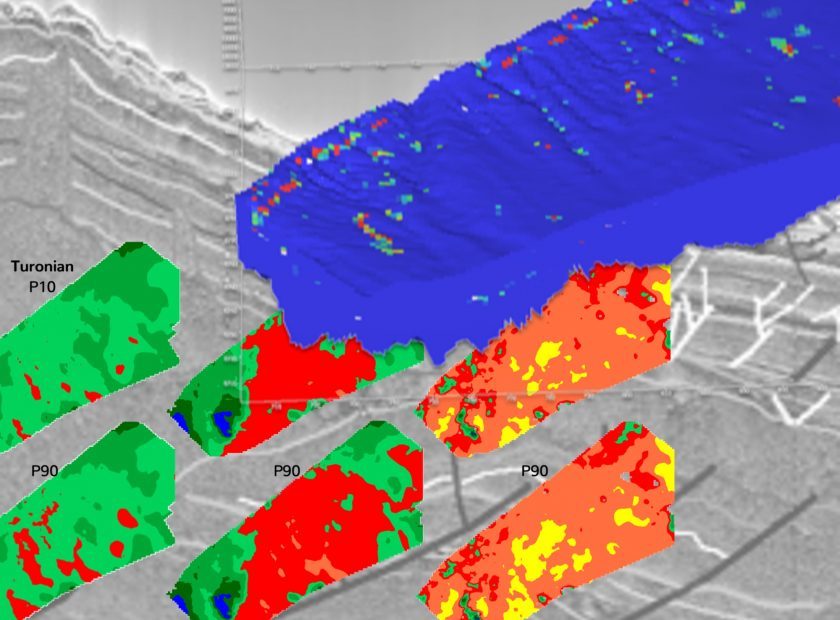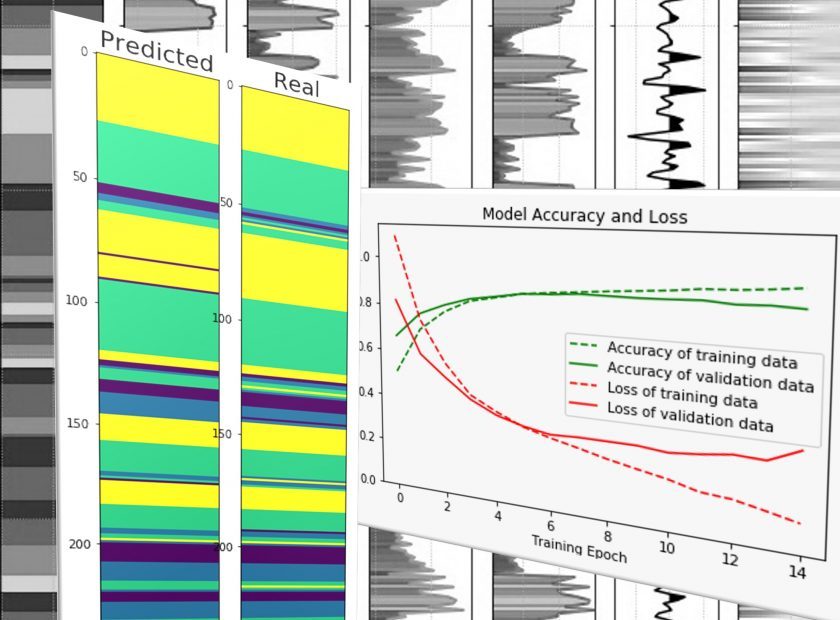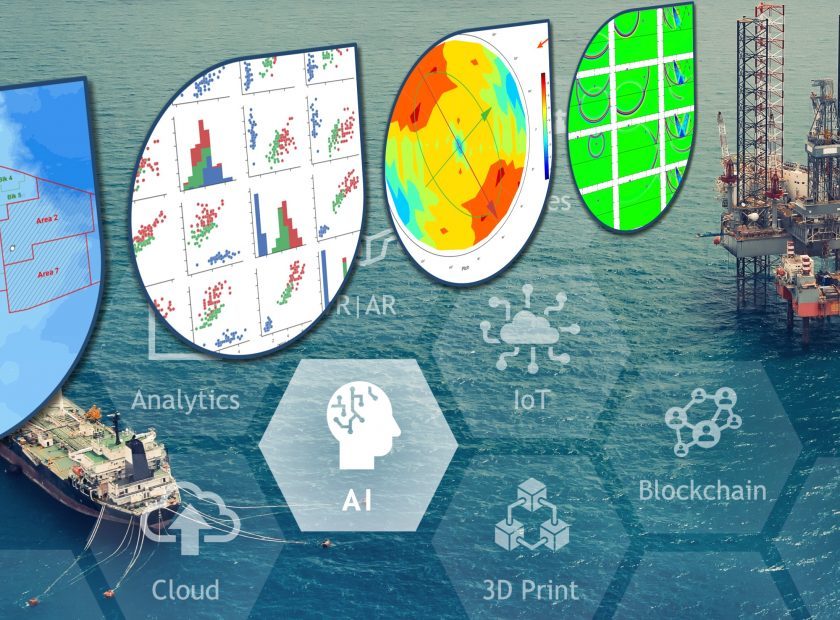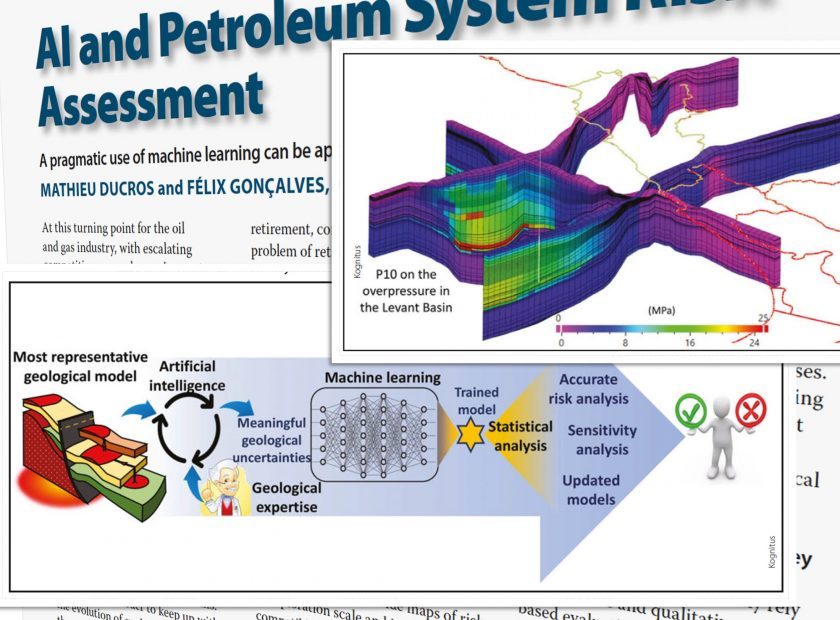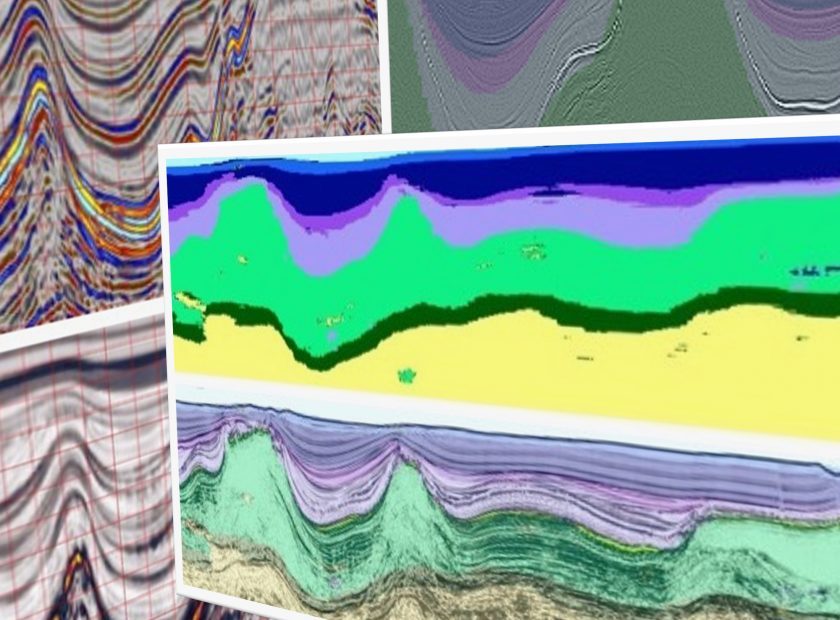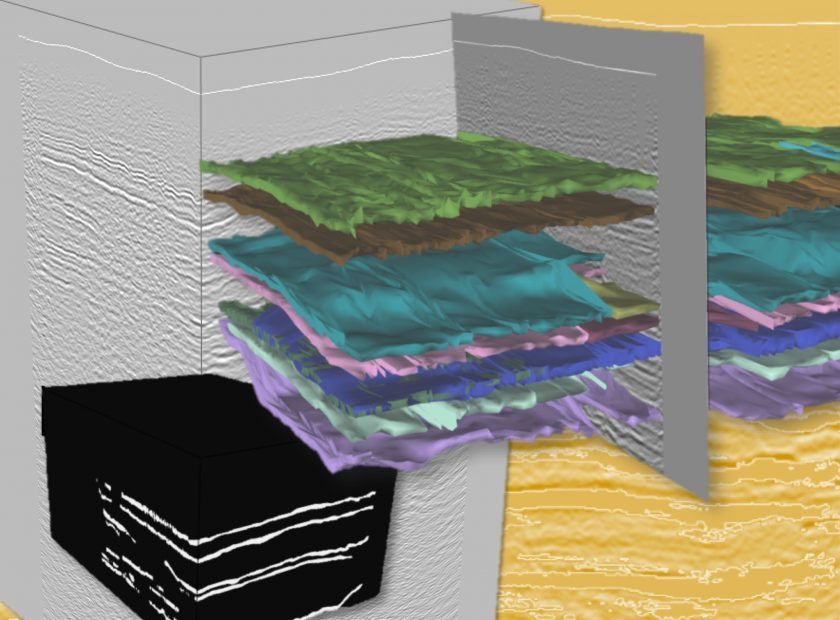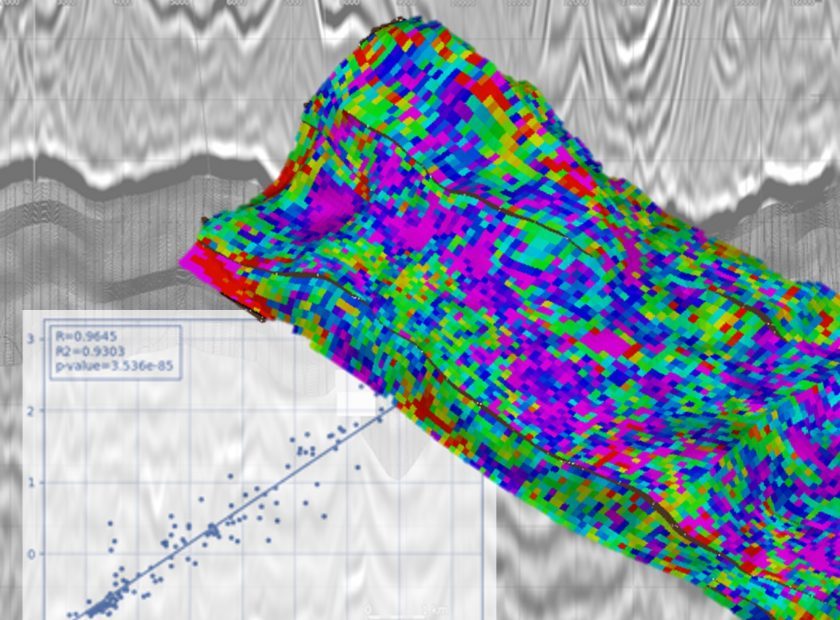ACGGP | 4th Oil & Gas Summit
The crisis triggered by the coronavirus pandemic and society’s growing concern with climate change brought enormous uncertainty regarding the future of global demand for oil and gas and about the level of exploratory activity necessary to meet it. As a result, current industry trends point to a prioritization of short-cycle development opportunities over greenfield projects and infrastructure-led exploration over frontier plays. To keep up with this shift in focus, exploration teams must analyze increasing volumes of legacy data from mature areas with increasingly shrunken resources and timelines. Opportunely, such dramatic changes occur at the moment when a digital revolution is underway. This work discusses what Artificial Intelligence (AI) means for subsurface analysis, as well as the challenges and opportunities it poses for O&G exploration teams. Some of the challenges are related to the unique characteristics of the subsurface domain, such as data sparsity and uncertainty, strong spatial dependence, and complicated physics background. Other challenges are associated with the business and operational context of the O&G industry, such as data silos, shortage of Data Science skills, and availability of domain-specific AI platforms. We will present case studies demonstrating how applying the latest AI and cloud computing technologies can automate and accelerate the analysis of large-volume datasets, provide new insights from legacy data and support faster and better decisions.
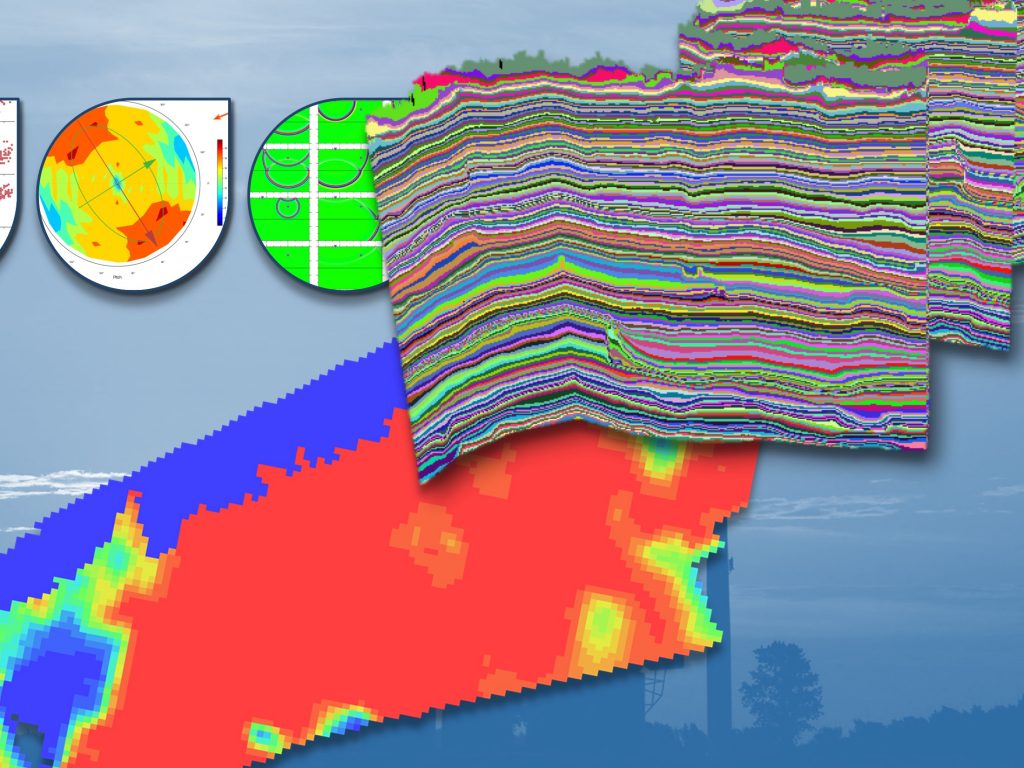
Examples include automatic correlation of multiple well logs at scale, prediction of reservoir rock properties in 3D grids, automatic seismic interpretation and geobodies detection, and AI-assisted geologic risk assessment for O&G exploration.


